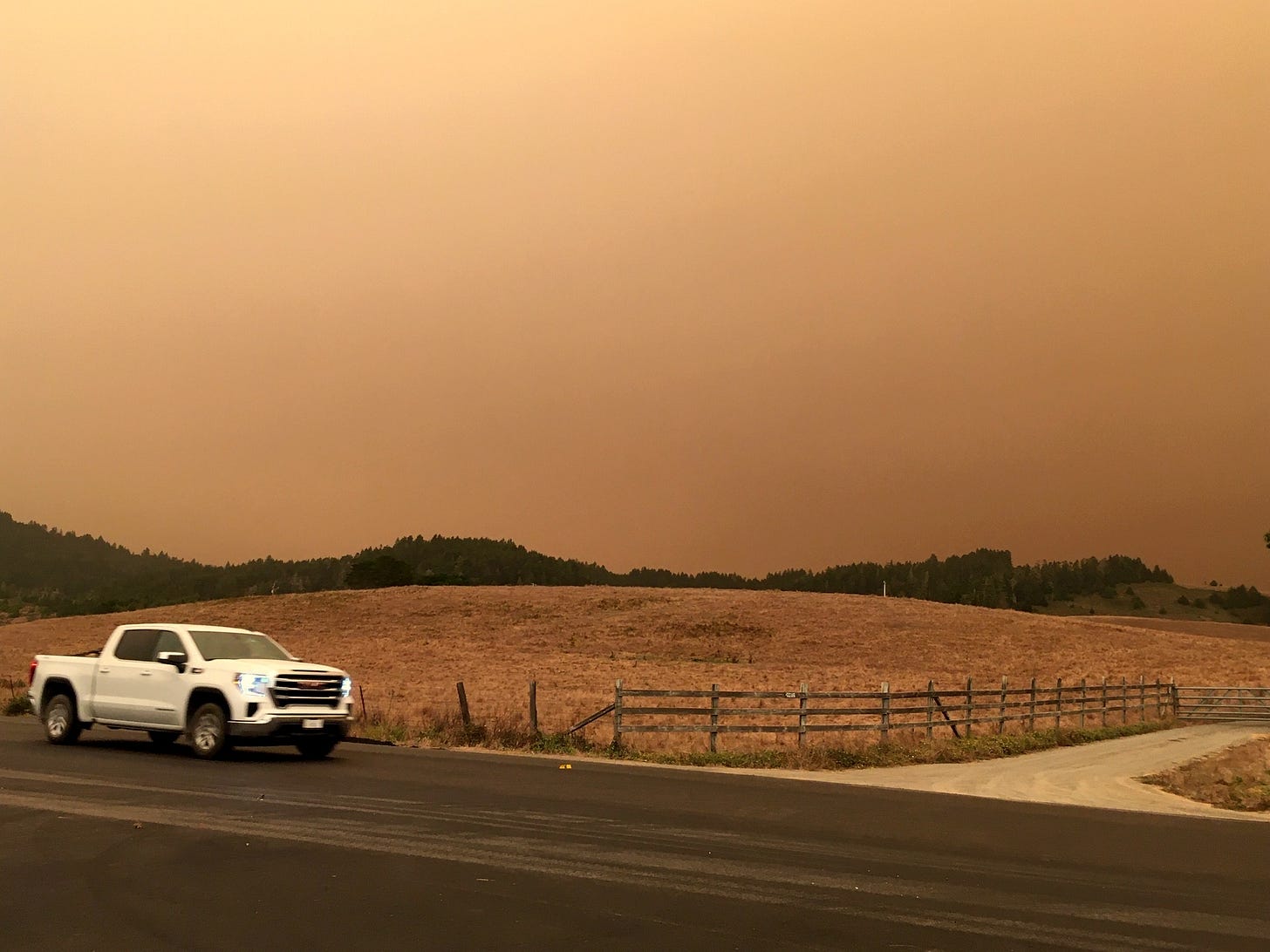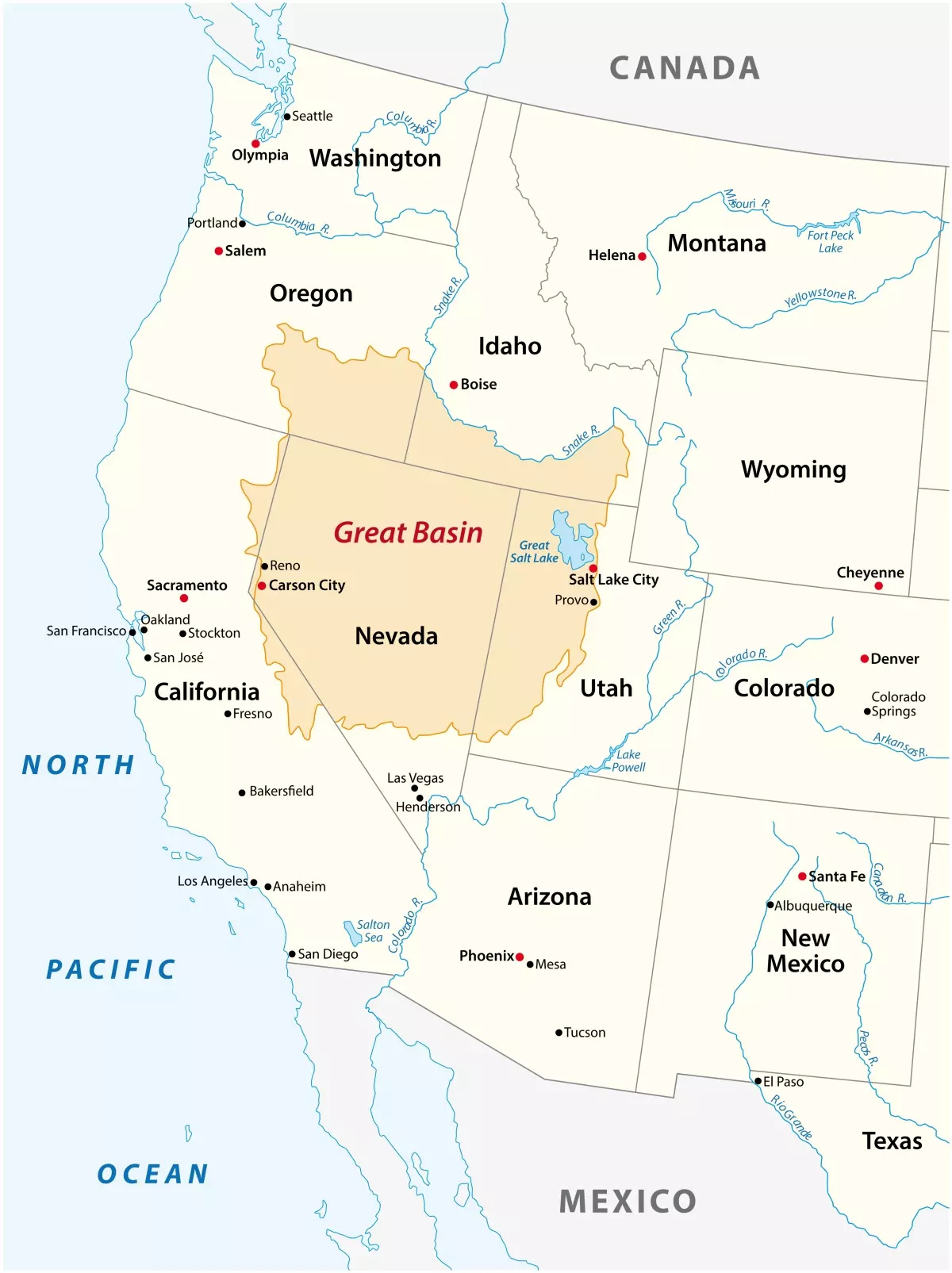Here we go again- for many it is re-living the fires. Whether it was a direct tragedy of losing your home, your entire community or even loved ones. Our coastal town had been a place over the years where those fleeing fires, heat or smoke would travel to seek refuge. Some even relocated here to the coast after losing their homes to the various fires in Northern California. I recall when I worked as a full time reporter for a local news service interviewing those who just arrived from the inland Redwood Complex Fires (now referred to as the Mendocino Complex Fire ) that began late one evening in Redwood Valley and Potter Valley. They were tired and scared. It was our county’s deadliest set of fires. Nine people had died. So many homes were lost. As I see photos and video footage of the fires burning in L.A. my mind pings back to their voices, their sharing their experiences with me— still deep in my memory.
I remember during one fire season walking outside of my apartment everything looked orange with the orange sun in an orange eerie sky. It all was like out of a sci-fi movie. There was a fine layer of ash on our cars. That fire at the time was about 30 miles away over the Coast Range mountains from us as the crow flies.
While working in Ukiah for the U.S. Census in 2020 the smoke was so thick I had to wear two face masks and my eyes were burning. I was driving on narrow two lane roads where fire vehicles were rushing into the Mendocino National Forest. Back in the city of Ukiah, hardly anyone was out on the streets. There was a fellow who came out of his house and telling me I should not be outside the air quality index was over 250 parts per million and the air quality health warnings were of dangerous conditions. Then a few streets over another person came out and told me I should not be outside. I packed up back to my car and headed back home to the coast.
That was the August Complex massive wildfire that burned in the Coast Range of Northern California, in Glenn, Lake, Mendocino, Tehama, Trinity, and Shasta Counties. The complex originated as 38 separate fires started by lightning strikes on August 16–17, 2020.
I can only imagine the hell Los Angeles area residents are experiencing with the density of homes and communities there.

The Mendocino Complex Fire burned in northern California for more than three months in 2018. The flames ravaged more than 280 structures, 157 of which were homes, and scorched an area bigger than Los Angeles.
The Los Angeles fires and may now rank as one of the biggest if not most dangerous fires in California. As I write this the Palisades, Kenneth and Eaton fires are still uncontrolled as reported by authorities. According to The County of Los Angeles Department of Medical Examiner there are 10 fire-related deaths as of 9 p.m. as of today January 9.
Contrary to president-elect Trump, the Los Angeles firestorms are not a result of “no water for fire hydrants” (see his words below) and there is no such thing as a water restoration declaration.
No amount of water can stop the Santa Ana winds!
No amount of water can stop the Santa Ana winds!
The Santa Ana winds, sometimes called the Devil Winds, are intense and extremely dry katabatic winds that originate inland, from cool, dry high-pressure air masses in the Great Basin. The Santa Ana winds affect coastal Southern California and northern Baja California.
The Santa Ana winds have caused the Los Angeles fires to spread at a breakneck speed starting at 45 mph (72.42 km/h) and then increasing with wind gusts from 60 to 80mph (95-130km/h) and even clocked at 100 mph (160.93km/h).
Australian snapshot
Now looking back to 2019 through 2020—the Australian megafire bushfire season exploded with what is now known as their “Black Summer” and considered one of their most intense and catastrophic fire seasons on record at the time. In 2023 Australia was again hit by another bushfire season- most intense since its Black Summer. Dry lightning storms sparked hundreds of fires.
Canada’s mega fires
In June 2023, NOAA has documented more than 2,000 wildfires that have resulted in the forced evacuation of over 100,000 people across Canada and bitter smoke plaguing the Eastern North America. As of June 8, 2023, there were significant fires burning in every Canadian province and territory—save for Prince Edward Island and Nunavut.
And so on…
According to the Nature Reviews Earth & Environment article “Wildfires in 2023” Canada experienced its most severe fire season in the modern era (more than doubling burned area of the previous record), while extreme fire weather resulted in catastrophic fires in Hawaii, the Mediterranean, central Amazonia and central Chile.
It’s Climate Change! What is Climate Change? What Are Govts. Doing?
The Paris Agreement is a legally binding international treaty on climate change. It was adopted by 196 Parties at the UN Climate Change Conference (COP21) in Paris, France, on 12 December 2015. It entered into force on 4 November 2016. https://unfccc.int/process-and-meetings/the-paris-agreement
BBC: A Real Simple GUIDE To Climate Change: https://www.bbc.com/news/science-environment-24021772
Tracking Progress: Climate Action Under the Biden Administration
https://www.wri.org/insights/biden-administration-tracking-climate-action-progress




